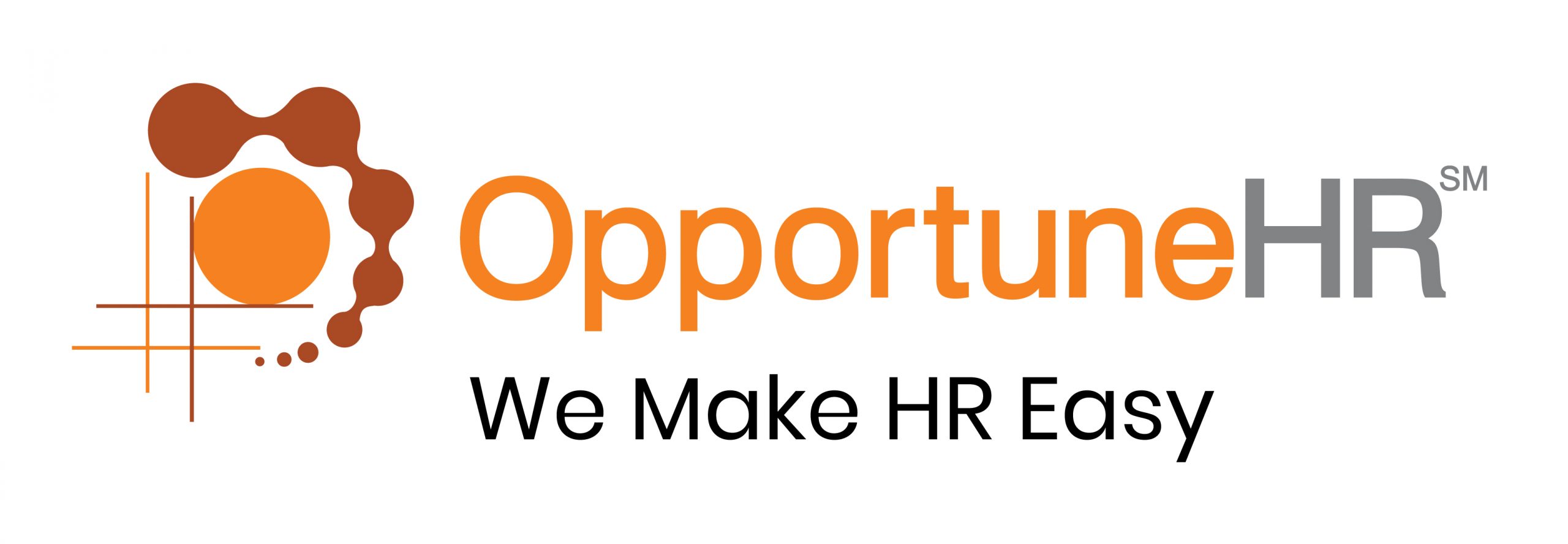Onboarding refers to the process of welcoming and introducing new employees into the organisation. Its primary goal is to make the new employee feel at ease. It also makes sure that the employee gets all necessary documents, resources and training required for him or her to function well in the organisation.
Onboarding sets the tone for a new employee’s experience and expectations in the organisation.
Therefore, it is crucial for organisations to prioritize and carefully plan the onboarding process.




